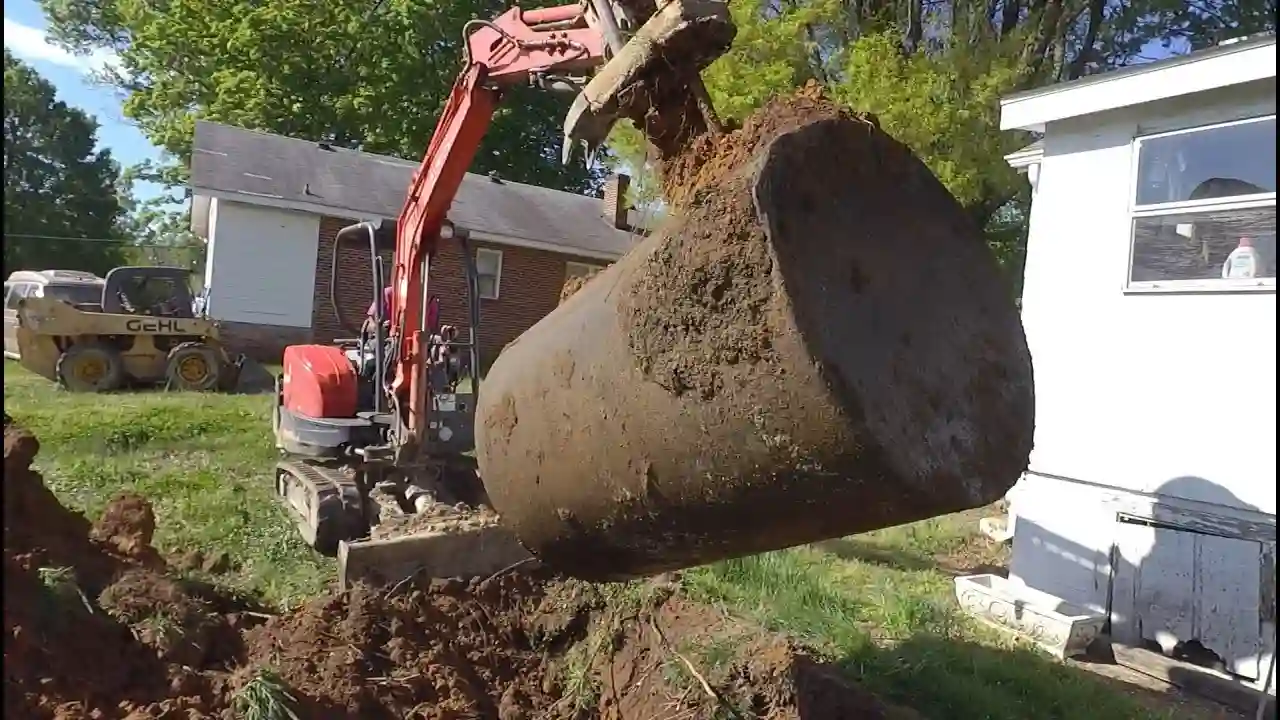In the recesses of many homes, lurking beneath the soil, lies a potential environmental and safety concern – aging oil tanks. As these tanks approach the end of their serviceable life, or when homeowners transition to alternative heating sources, the need for an oil tank exodus becomes apparent. Safely removing and disposing of these tanks is a crucial responsibility that requires careful planning, adherence to regulations, and professional expertise. In this article, we will explore the process of oil tank removal and disposal, ensuring a smooth exodus that prioritizes environmental safety.
1.Recognizing the Signs of Age and Decay:
The first step in the oil tank exodus is recognizing the signs of age and decay. Over time, these underground tanks may succumb to corrosion, rust, and structural deterioration. Regular inspections, visual assessments, and professional evaluations are essential to identify these signs early on, prompting homeowners to consider the safe removal and disposal of the aging tank.
2.Understanding the Environmental Impact:
The environmental impact of aging oil tanks cannot be overstated. Leaks and spills from deteriorating tanks can contaminate soil and groundwater, leading to long-term ecological damage. Recognizing the potential harm these tanks can inflict on the environment is a driving force behind the need for a safe and responsible exodus.
3.Navigating Legal Compliance:
Oil tank removal and disposal are subject to local and state regulations, and navigating legal compliance is paramount. Understanding the specific guidelines governing the process, obtaining necessary permits, and adhering to safety standards are crucial steps in ensuring a legally compliant exodus. Homeowners should familiarize themselves with the regulations in their area or seek professional advice to avoid legal complications.
4.Choosing the Right Time for Removal:
Determining the right time for oil tank removal is a critical consideration. Proactive removal, before the tank reaches the end of its expected lifespan, helps prevent potential leaks and environmental damage. Additionally, if a homeowner is transitioning to an alternative heating source, it presents an opportune time for an oil tank exodus. Early and strategic removal ensures a smooth transition and minimizes risks associated with deteriorating tanks.
5.Securing Professional Assistance:
Oil tank removal and disposal are complex tasks that demand professional expertise. Certified tank removal experts bring the necessary knowledge, experience, and specialized equipment to execute the process safely and efficiently. Attempting to remove an oil tank without professional assistance not only poses risks to the property and the environment but may also lead to legal consequences. Securing professional assistance ensures compliance with regulations and minimizes potential accidents.
6.Comprehensive Site Assessment:
Before initiating the removal process, a comprehensive site assessment is crucial. This involves locating the tank, assessing its condition, and determining potential environmental impact. Soil and groundwater testing may be necessary to identify any contamination. A thorough site assessment guides the removal process and helps in planning for any necessary remediation.
7.Safe Tank Pumping and Cleaning:
The actual removal process begins with the safe pumping and cleaning of the tank. Any remaining oil is extracted, and the interior of the tank is thoroughly cleaned to minimize the risk of spills during extraction. Proper disposal of the extracted oil is essential to prevent environmental contamination. This phase is a critical step in the overall safety of the oil tank exodus.
8.Excavation:
If the decision is made to completely remove the oil tank, excavation becomes a critical phase. The area surrounding the tank is excavated to fully expose it, allowing for a detailed inspection. Specialized equipment is then used to carefully lift the tank from its underground location. Precision is paramount during excavation to avoid damage to the tank and surrounding structures.
9.Environmental Remediation:
In cases where soil or groundwater contamination is detected during the removal process, environmental remediation measures are implemented. Remediation may include the removal and replacement of contaminated soil or advanced treatments for groundwater. This step is essential for mitigating the environmental impact of the oil tank and ensuring regulatory compliance.
10.Documentation and Reporting:
The final step in the oil tank exodus involves comprehensive documentation and reporting. Homeowners receive a detailed report outlining the entire removal process, including environmental assessments and any remediation activities. This documentation is crucial for proving compliance with regulations and serves as a record of responsible environmental stewardship.
Conclusion:
Embarking on an oil tank exodus requires careful consideration, planning, and professional assistance. From recognizing signs of age and decay to navigating legal compliance, securing professional help, and undertaking a comprehensive site assessment, each step is essential. Safely removing and disposing of oil tanks ensures not only the protection of the property but also the preservation of the environment. A conscientious approach to the exodus process reflects a commitment to responsible homeownership and environmental stewardship.







